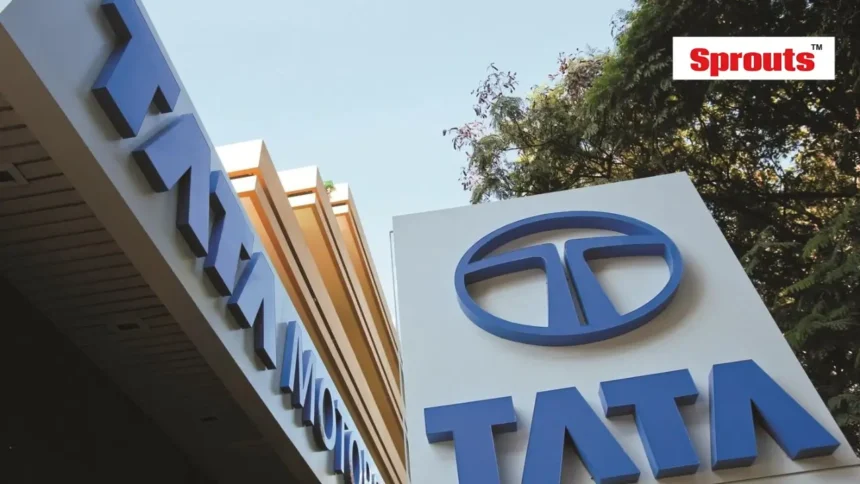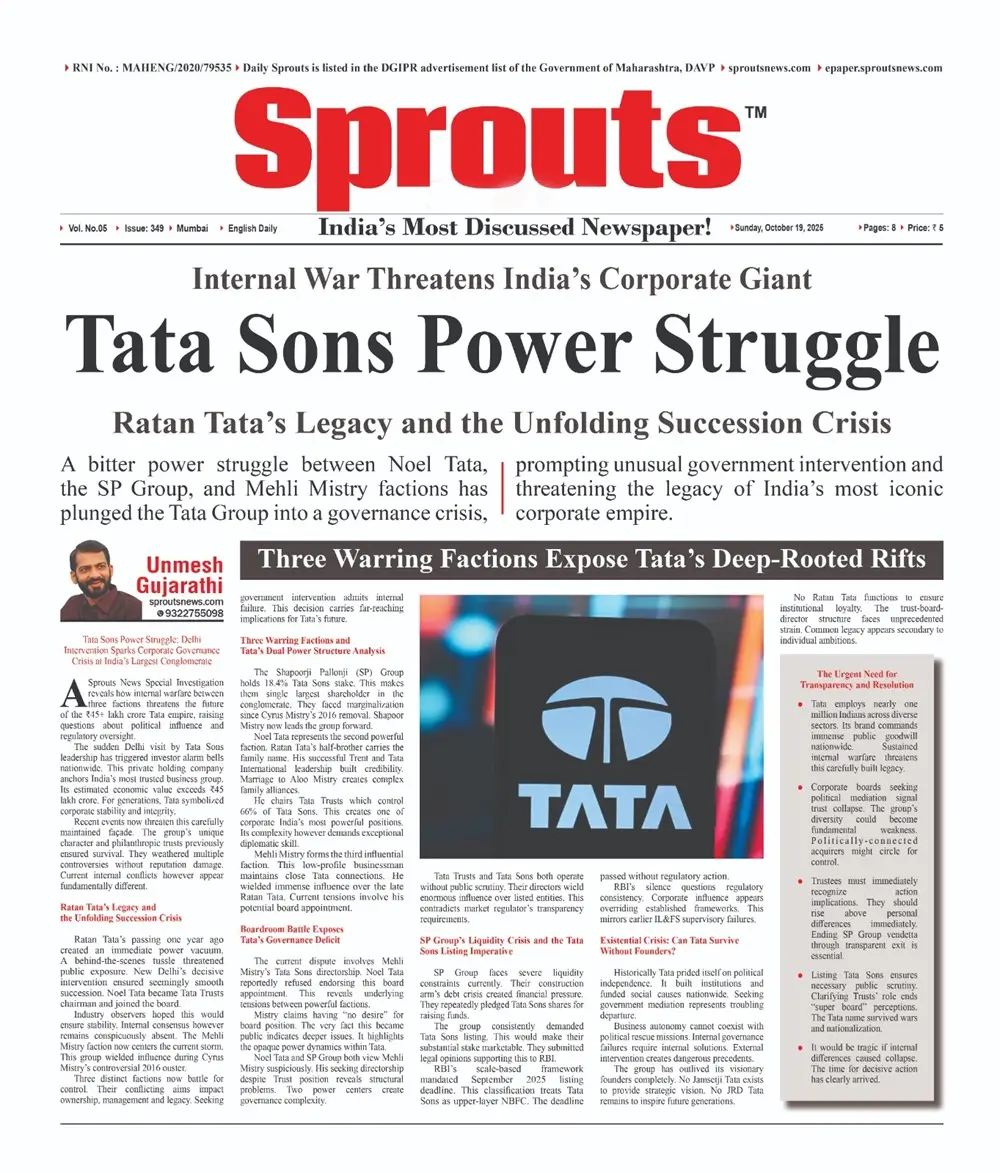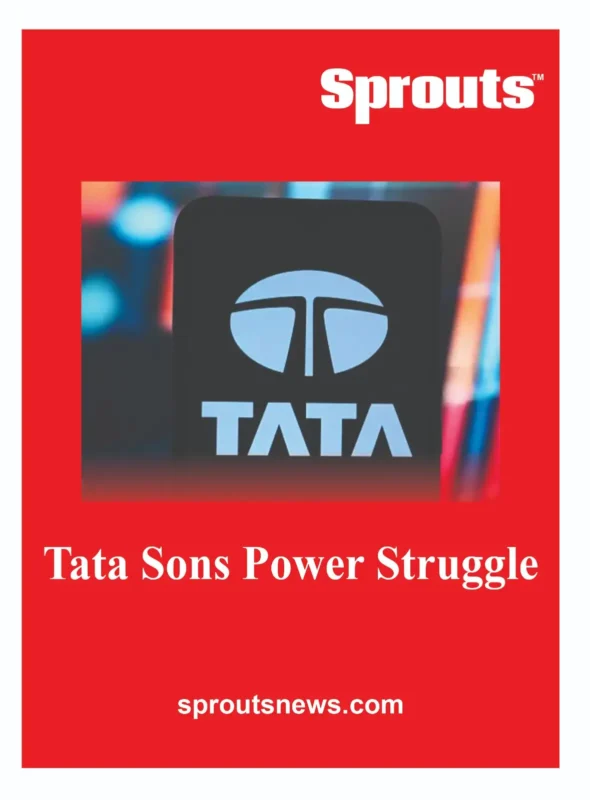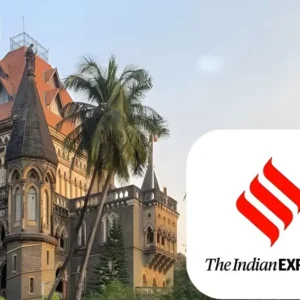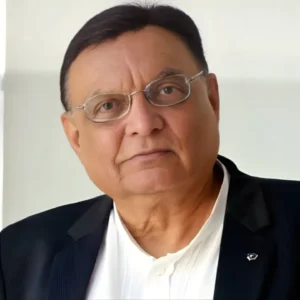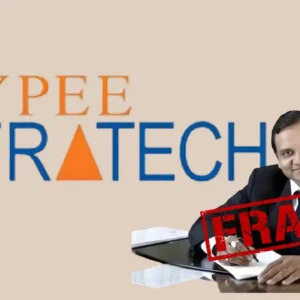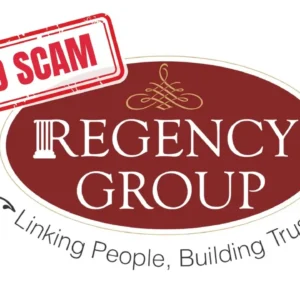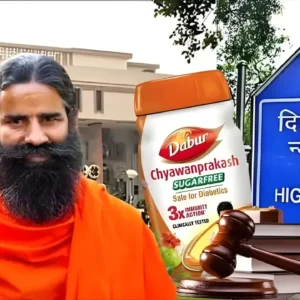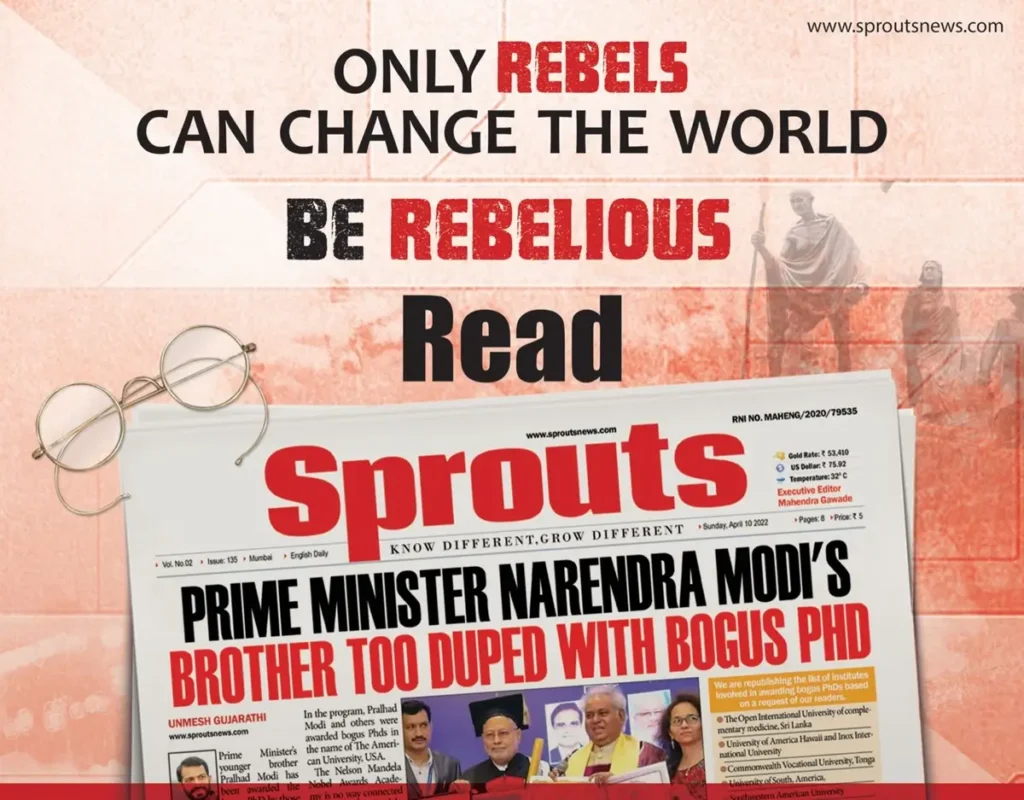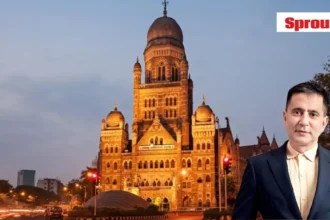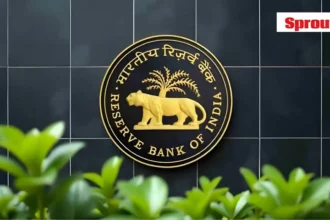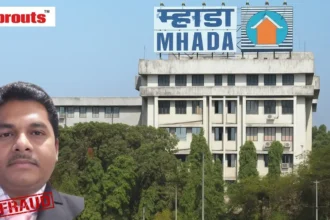Tata Sons Power Struggle: Internal War Threatens India’s Corporate Giant
• Ratan Tata’s Legacy and the Unfolding Succession Crisis
• Three Warring Factions Expose Tata’s Deep-Rooted Rifts
• Boardroom Battle Reveals Tata’s Corporate Governance Deficit
A bitter power struggle between Noel Tata, the SP Group, and Mehli Mistry factions has plunged the Tata Group into a governance crisis, prompting unusual government intervention and threatening the legacy of India’s most iconic corporate empire. Factions led by Noel Tata, the Shapoorji Pallonji Group, and Mehli Mistry have escalated tensions, drawing government attention amid growing investor unease. Sources suggest the ongoing boardroom battle has exposed cracks in Tata Sons’ succession planning and corporate governance.
- Tata Sons Power Struggle: Internal War Threatens India’s Corporate Giant
- • Ratan Tata’s Legacy and the Unfolding Succession Crisis
- • Three Warring Factions Expose Tata’s Deep-Rooted Rifts
- • Boardroom Battle Reveals Tata’s Corporate Governance Deficit
- Ratan Tata’s Legacy and the Unfolding Succession Crisis
- Three Warring Factions and Tata’s Dual Power Structure Analysis
- Boardroom Battle Exposes Tata’s Governance Deficit
- SP Group’s Liquidity Crisis and the Tata Sons Listing Imperative
- Existential Crisis: Can Tata Survive Without Founders?
- The Urgent Need for Transparency and Resolution
Tata Sons Power Struggle: Delhi Intervention Sparks Corporate Governance Crisis at India’s Largest Conglomerate
A Sprouts News Special Investigation reveals how internal warfare between three factions threatens the future of the ₹45+ lakh crore Tata empire, raising questions about political influence and regulatory oversight.
The sudden Delhi visit by Tata Sons leadership has triggered investor alarm bells nationwide. This private holding company anchors India’s most trusted business group. Its estimated economic value exceeds ₹45 lakh crore. For generations, Tata symbolized corporate stability and integrity.
Recent events now threaten this carefully maintained façade. The group’s unique character and philanthropic trusts previously ensured survival. They weathered multiple controversies without reputation damage. Current internal conflicts however appear fundamentally different.
Click Here To Download the News Attachment
Ratan Tata’s Legacy and the Unfolding Succession Crisis
Ratan Tata’s passing one year ago created an immediate power vacuum. A behind-the-scenes tussle threatened public exposure. New Delhi’s decisive intervention ensured seemingly smooth succession. Noel Tata became Tata Trusts chairman and joined the board.
Industry observers hoped this would ensure stability. Internal consensus however remains conspicuously absent. The Mehli Mistry faction now centers the current storm. This group wielded influence during Cyrus Mistry’s controversial 2016 ouster.
Three distinct factions now battle for control. Their conflicting aims impact ownership, management and legacy. Seeking government intervention admits internal failure. This decision carries far-reaching implications for Tata’s future.
Three Warring Factions and Tata’s Dual Power Structure Analysis
The Shapoorji Pallonji (SP) Group holds 18.4% Tata Sons stake. This makes them single largest shareholder in the conglomerate. They faced marginalization since Cyrus Mistry’s 2016 removal. Shapoor Mistry now leads the group forward.
Noel Tata represents the second powerful faction. Ratan Tata’s half-brother carries the family name. His successful Trent and Tata International leadership built credibility. Marriage to Aloo Mistry creates complex family alliances.
He chairs Tata Trusts which control 66% of Tata Sons. This creates one of corporate India’s most powerful positions. Its complexity however demands exceptional diplomatic skill.
Mehli Mistry forms the third influential faction. This low-profile businessman maintains close Tata connections. He wielded immense influence over the late Ratan Tata. Current tensions involve his potential board appointment.
Boardroom Battle Exposes Tata’s Governance Deficit
The current dispute involves Mehli Mistry’s Tata Sons directorship. Noel Tata reportedly refused endorsing this board appointment. This reveals underlying tensions between powerful factions.
Mistry claims having “no desire” for board position. The very fact this became public indicates deeper issues. It highlights the opaque power dynamics within Tata.
Noel Tata and SP Group both view Mehli Mistry suspiciously. His seeking directorship despite Trust position reveals structural problems. Two power centers create governance complexity.
Tata Trusts and Tata Sons both operate without public scrutiny. Their directors wield enormous influence over listed entities. This contradicts market regulator’s transparency requirements.
Also Read: Hops Kitchen & Bar FIR Under Fire for Evidence Manipulation.
SP Group’s Liquidity Crisis and the Tata Sons Listing Imperative
SP Group faces severe liquidity constraints currently. Their construction arm’s debt crisis created financial pressure. They repeatedly pledged Tata Sons shares for raising funds.
The group consistently demanded Tata Sons listing. This would make their substantial stake marketable. They submitted legal opinions supporting this to RBI.
RBI’s scale-based framework mandated September 2025 listing deadline. This classification treats Tata Sons as upper-layer NBFC. The deadline passed without regulatory action.
RBI’s silence questions regulatory consistency. Corporate influence appears overriding established frameworks. This mirrors earlier IL&FS supervisory failures.
Existential Crisis: Can Tata Survive Without Founders?
Historically Tata prided itself on political independence. It built institutions and funded social causes nationwide. Seeking government mediation represents troubling departure.
Business autonomy cannot coexist with political rescue missions. Internal governance failures require internal solutions. External intervention creates dangerous precedents.
The group has outlived its visionary founders completely. No Jamsetji Tata exists to provide strategic vision. No JRD Tata remains to inspire future generations.
No Ratan Tata functions to ensure institutional loyalty. The trust-board-director structure faces unprecedented strain. Common legacy appears secondary to individual ambitions.
The Urgent Need for Transparency and Resolution
Tata employs nearly one million Indians across diverse sectors. Its brand commands immense public goodwill nationwide. Sustained internal warfare threatens this carefully built legacy.
Corporate boards seeking political mediation signal trust collapse. The group’s diversity could become fundamental weakness. Politically-connected acquirers might circle for control.
Trustees must immediately recognize action implications. They should rise above personal differences immediately. Ending SP Group vendetta through transparent exit is essential.
Listing Tata Sons ensures necessary public scrutiny. Clarifying Trusts’ role ends “super board” perceptions. The Tata name survived wars and nationalization.
It would be tragic if internal differences caused collapse. The time for decisive action has clearly arrived.

